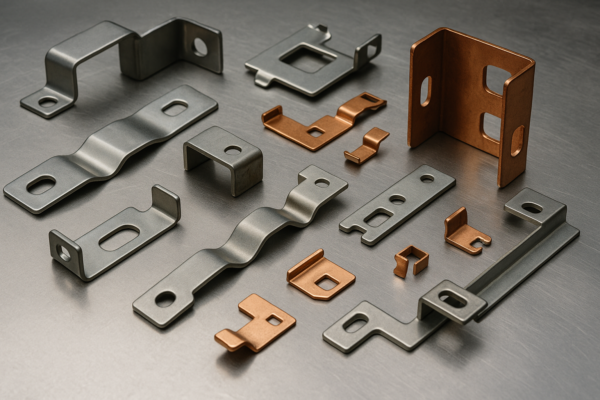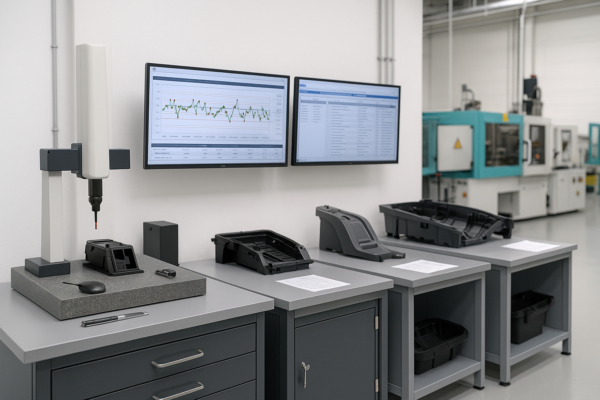Is iron worker a hard job?
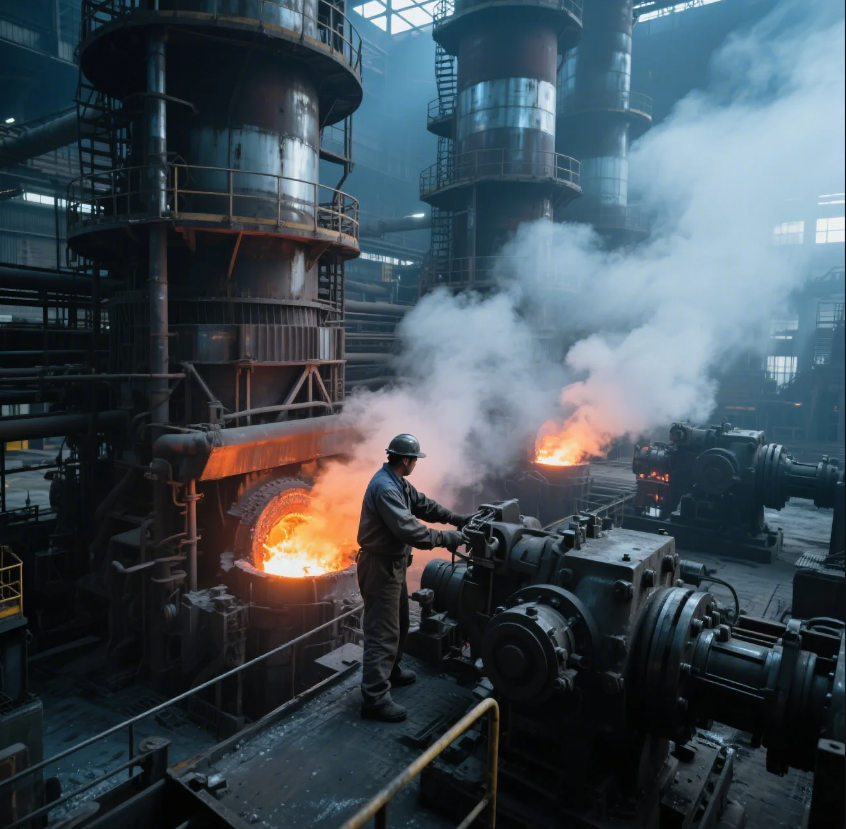
Ironworking is one of the toughest and most dangerous jobs in construction, requiring strength, courage, and skill.
Ironworking is a physically demanding, high-risk job involving heavy lifting, working at heights, and facing constant exposure to hazards.
Stay with me. I will explain the realities of the trade and how professionals like Prime support safer, smarter metal construction.
How many iron workers fall?
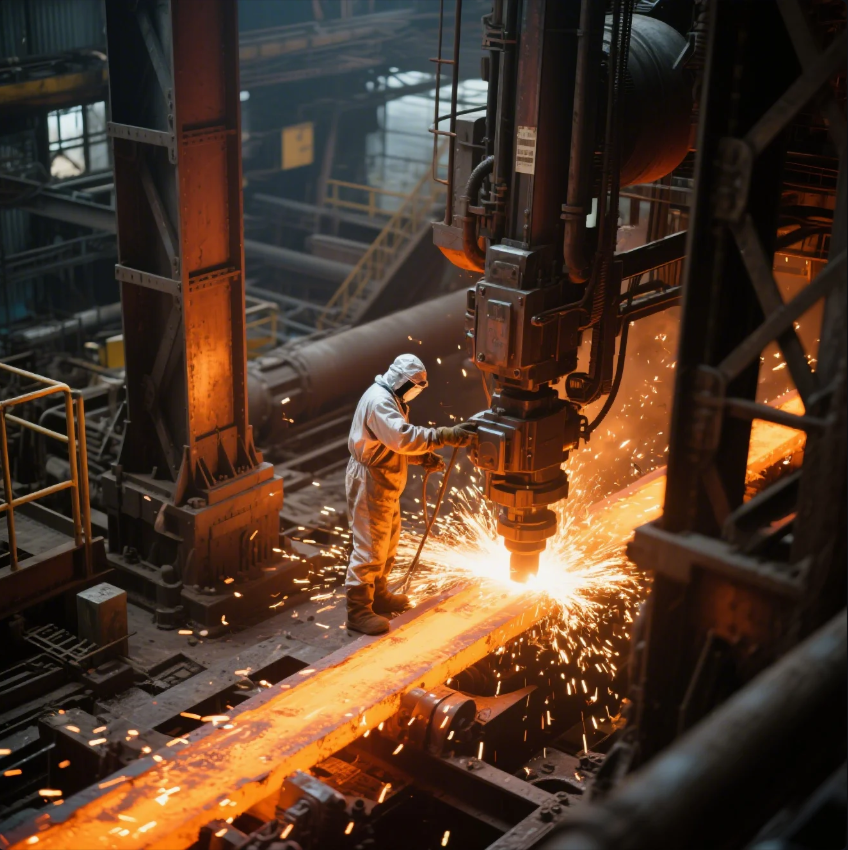
Falls are the leading cause of injury and death for ironworkers, who often work dozens of stories above ground.
About 35% of ironworker fatalities result from falls, making it one of the highest-risk jobs for fall injuries in construction.
Fall Statistics for Ironworkers
| Cause | Percentage of Fatalities | Notes |
|---|---|---|
| Falls | 35% | From beams, scaffolding, structures |
| Structural Collapses | 20% | Partial building failures |
| Struck by Objects | 15% | Falling tools, steel beams |
| Other Causes | 30% | Equipment, electrocution, etc. |
At Prime, even though we focus on "ISO certified casting parts manufacturer" and "custom stamping parts supplier" services rather than heavy steel erection, we understand how crucial safe, accurate fabrication is. Poorly made parts can lead to installation risks — something we take seriously.
One client praised Prime’s flawless bracket manufacturing, noting how proper part fitting reduced on-site assembly time and minimized worker exposure at heights.
What is the injury rate for iron workers?
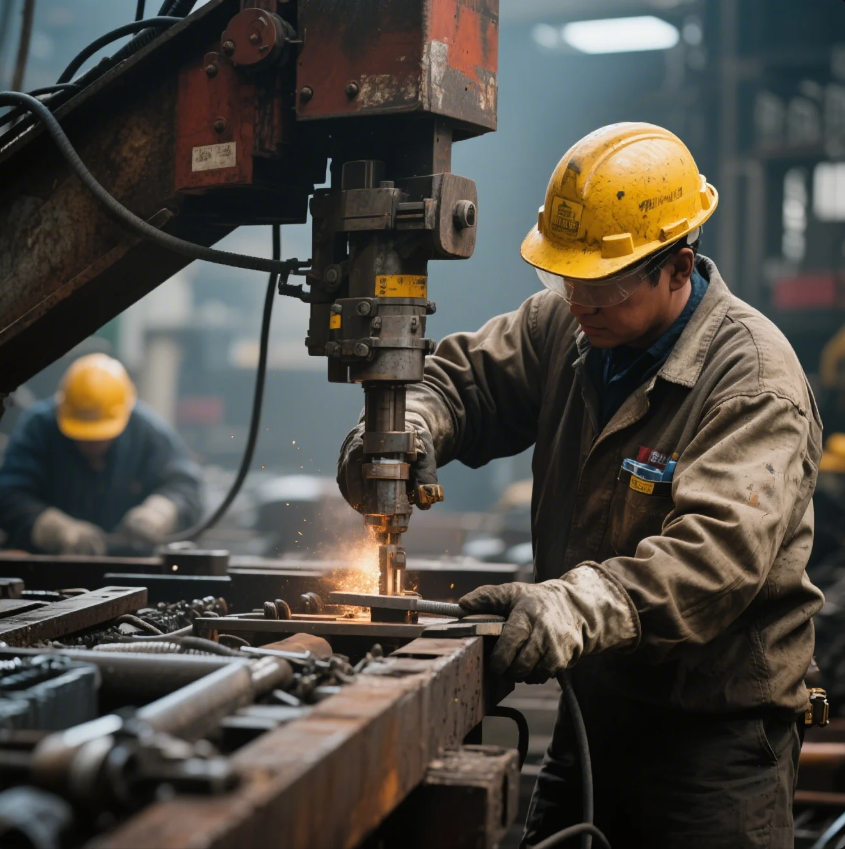
Ironworkers have one of the highest nonfatal injury rates in construction due to the physical demands and constant hazard exposure.
The injury rate for ironworkers is about 3.6 cases per 100 full-time workers, significantly higher than the national average for all industries.
Key Injury Risks
| Injury Type | Common Cause | Example |
|---|---|---|
| Falls | Working at heights without fall arrest systems | Beams, scaffolding |
| Sprains and Strains | Lifting heavy steel | Moving large rebar bundles |
| Cuts and Bruises | Handling sharp metal edges | Setting up structural connections |
| Crushing Injuries | Working under suspended loads | Hoisting beams into place |
At Prime, part quality plays a direct role in worker safety. Our strict quality inspections for "precision CNC parts machining" and fabricated products ensure fit, strength, and reliability — reducing on-site risks.
One high-rise project manager told me that choosing Prime’s certified parts helped them pass OSHA inspections faster and safer.
Why are ironworkers so strong?
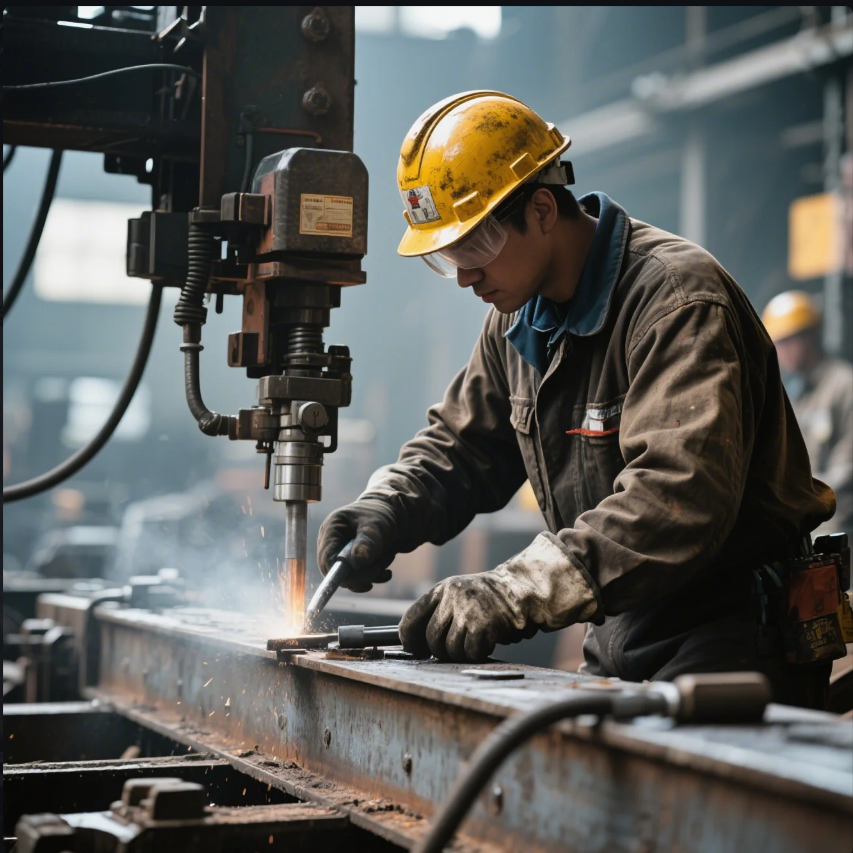
Ironworkers build strength naturally from the physical demands of lifting, carrying, climbing, and rigging heavy steel daily.
Ironworkers are strong because their job requires moving heavy steel, balancing at heights, and constantly using core and grip strength.
How Ironworkers Build Strength
| Activity | Muscle Groups Used | Example |
|---|---|---|
| Climbing and Balancing | Core, legs, grip | Walking beams at heights |
| Lifting and Carrying | Shoulders, arms, back | Moving steel panels |
| Rigging and Connecting | Full body strength | Aligning heavy beams by hand |
| Endurance Work | Cardiovascular stamina | Working in extreme weather |
At Prime, while our teams are not climbing steel skeletons, we deeply respect the endurance it takes. That’s why we engineer lightweight yet durable "custom stamping parts" and "ISO certified casting parts" to make field assembly faster and less physically punishing wherever possible.
A client once mentioned how lighter, precision-built parts from Prime reduced their field crew’s daily fatigue compared to older, heavier designs.
Is steelworker a hard job?
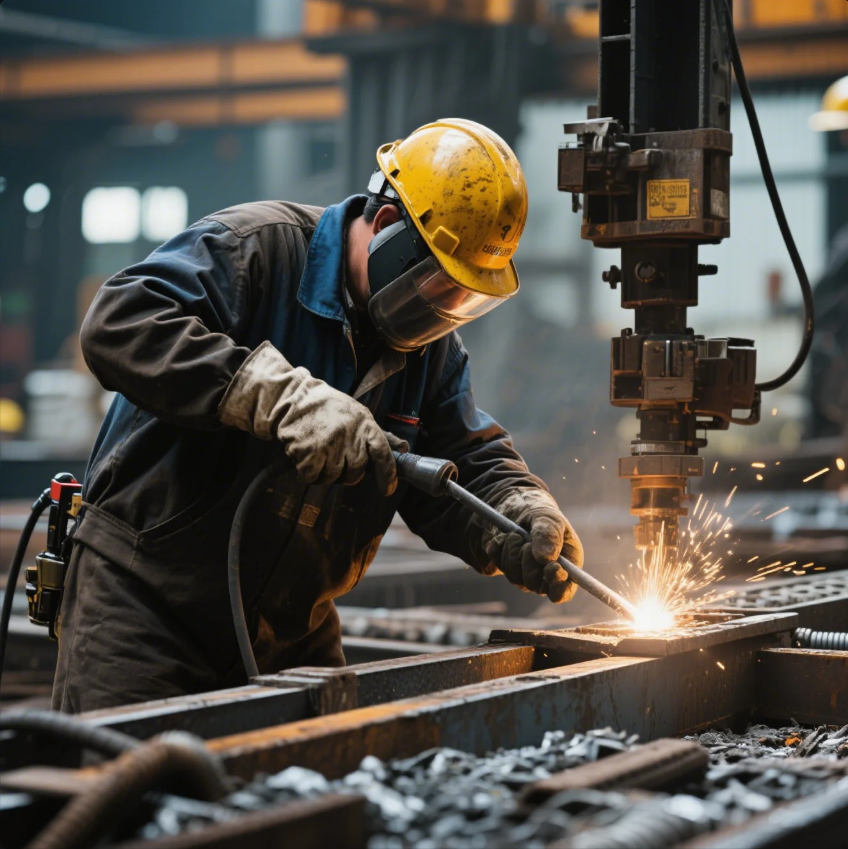
Steelwork is one of the hardest jobs in the construction world, demanding strength, skill, fearlessness, and resilience.
Steelworkers face hard, physically demanding workdays, with exposure to weather, heights, and the constant need for extreme focus.
Why Steelwork Is Tough
| Factor | Challenge | Example |
|---|---|---|
| Physical Labor | Lifting, climbing, carrying steel | Daily strain on muscles and joints |
| Weather Exposure | Hot, cold, rain, wind | Outdoor worksites year-round |
| Mental Stress | Risky environments | Constant hazard awareness |
| Technical Skills | Reading blueprints, welding, rigging | Complex connection assembly |
At Prime, understanding the demands of steelworking drives our commitment to precision. Accurate "precision CNC parts machining" and reliable component quality reduce the physical and mental load on installation teams.
One foreman told me that Prime’s consistent part accuracy shaved entire days off their build schedules, giving workers safer, shorter exposure windows at height.
Conclusion
Ironworking and steelworking are some of the toughest, riskiest jobs, demanding strength, endurance, and skill. Prime supports safer projects with ISO-certified metal parts, fast delivery, and precise manufacturing that you can trust — contact us today for your next project!

